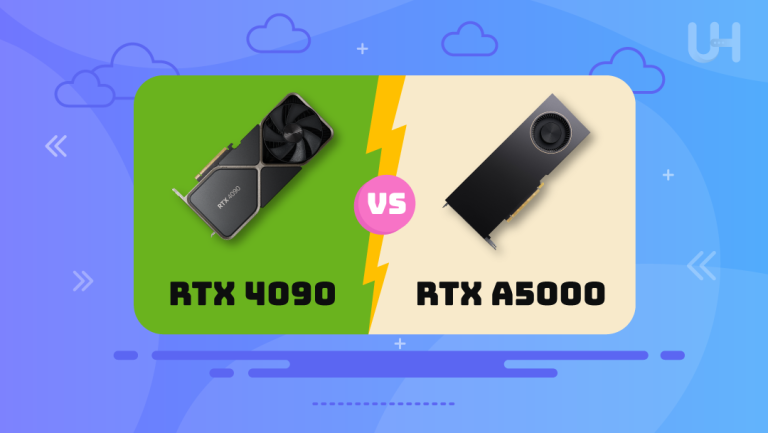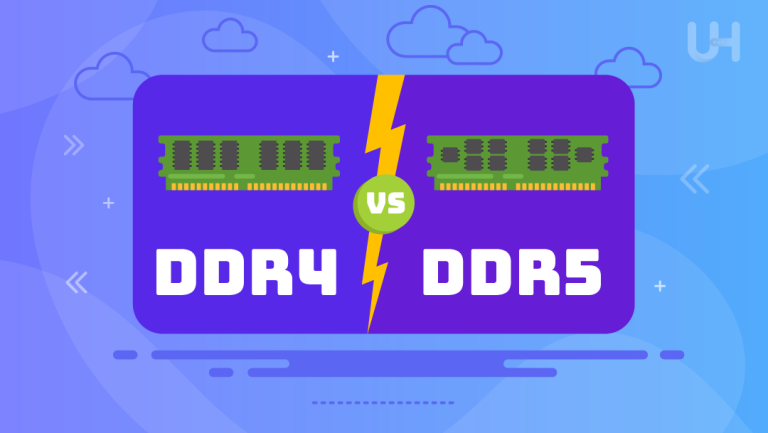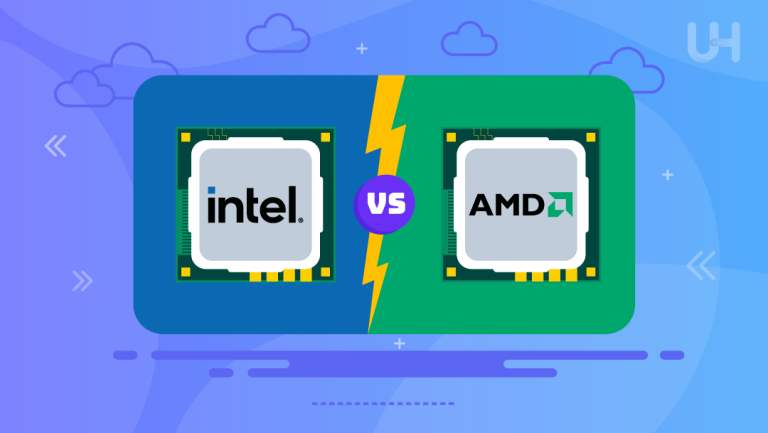From supercomputing to virtual reality, the age of high-performance computing and visually heavy digital experience has made the GPU a centerpiece in technology today. Invented for rendering and quickening images in computers, GPUs have grown to be very relevant in industries other than gaming. Be it mining cryptocurrencies, training complex models using machine learning, or gaming, a GPU can greatly improve performance.
In this article, we will go deep into the essential aspects of a GPU: what it is, how it works, the broad range of applications it provides, and examples of key companies in the GPU industry. By the end, you will have a firm view of how GPUs affect modern computing and through which companies.
What is GPU?
A Graphics Processing Unit, or GPU, is a specialized electronic circuit designed to quickly manipulate and alter memory to accelerate the creation of images in a frame buffer intended for output to a display device. That is to say, GPUs execute and perform all the mathematical calculations, drawing anything from an image, animation, or video on your screen. Due to their efficiency in parallel processing duties, they are much faster in executing certain duties, such as rendering images, scientific simulation, and deep learning models, compared to the general-purpose Central Processing Units.
Whereas CPUs have been developed for the widest range of computation tasks with maximum flexibility, GPUs have been specialized to simultaneously manipulate very large quantities of graphics data. This is especially pertinent in subjects such as playing electronic games, 3D modeling, and virtual reality, where complicated graphics generate in real time.
How Does a GPU Work?
GPUs work by doing many calculations in parallel. While the typical CPU has a few powerful cores that do one or two things simultaneously, GPUs include hundreds or even thousands of small, lower-powered cores that can process many tasks at once.
This means that a GPU has an optimized architecture for parallelism, allowing it to excel at graphics processing. Graphics rendering involves a huge number of similar calculations, such as computing the color of pixels, processing geometric transformations, and handling shading and textures. A GPU can divide such tasks into thousands of smaller threads that can be run simultaneously across its many cores.
Key Components of a GPU
- Cores: The basic units of executing parallel processing. While each core has small operations on the graphics data, a large number means many computations simultaneously.
- Memory: Each GPU operates upon its own dedicated memory, called Video RAM or VRAM. It holds graphical data and textures along with rendering instructions. VRAM is optimized for high-bandwidth and low-latency access to enable the GPU to obtain what it needs for rendering quickly.
- Shader Units: These are special computational cores within a GPU, responsible for carrying out certain operations, from lighting and shading a scene to coloring every single pixel. They are the fundamental building blocks for realistic imaging in gaming and professional fields.
- Bus Interface: It provides the GPU’s interface to the rest of the system. A typical GPU communicates with the Central Processing Unit (CPU) and main memory using a high-speed bus like PCIe.
- Driver Software: To fully use the hardware, a GPU needs a software driver that essentially tells it how to interface with the operating system and applications.
Practical Applications for a GPU

Although GPUs originated to accelerate graphical rendering, their utility has expanded across a wide array of industries with the development of handling parallel tasks. Let’s take a look at some of the most popular use cases for the GPU today.
Gaming
The most well-known and primary application of GPUs is gaming. Modern video games have rich, detailed textures, realistic environments, and creative character animations. A high-performance GPU and game VPS smoothly render these to ensure seamless visuals for the gamer, especially in 3D environments or Virtual Reality.
GPUs can also deliver high frame rates, which could make all the difference in competitive gaming. Winning or losing depends on whether one is a second or two frames per second, faster or slower. Popular titles like “Cyberpunk 2077” or “Call of Duty: World At War,” much as they do, require heavy processing by the GPU to run smoothly and at high settings.
Professional Visualization
Beyond gaming, GPUs play an important role in professional visualization in 3D modeling, video editing, and special effects rendering. The film industry, architecture, and industrial design are only a few areas that rely on the GPU to render deeply complex simulations, create ultra-high-definition models in 3D, and generate realistic texture and lighting effects.
For example, architectural firms leverage them in virtual walkthroughs of building designs, and filmmakers use them in rendering CGI graphics in real time. With a strong GPU, rendering time that might have taken hours can require only minutes: productivity and creativity on steroids.
Maximize Performance with High RAM Servers!
Are your GPU-powered applications being bottlenecked by insufficient memory? UltaHost’s High RAM Servers provide the robust memory capacity you need to unlock your GPU’s full potential. Experience unmatched speed and efficiency!
Machine Learning
A powerful recent use of the GPU has been in the area of machine learning and artificial intelligence. The training of the Machine Learning models involves processing large amounts of data through many layers of computations-a task for which the GPU, owing to its parallel architecture, is most suited.
Deep learning, for instance, needs many layers of neural networks. Such architecture can be dramatically quickened with GPUs because the work can be divided among their thousands of cores, thus enabling more complex models to be taught in a shorter amount of time. Moreover, tech giants like Google, Facebook, and Tesla use GPUs to accelerate their AI research and development.
Blockchain
Other uses of this class of GPU include up-and-coming uses in blockchain and, in particular, mining on cryptocurrencies. Cryptocurrencies, including Ethereum and Bitcoin payments, rely on a decentralized network of computers to confirm the concept of transactions into a public digital ledger called the blockchain. Additionally, Bitcoin VPS services, which allow for decentralized hosting, are growing in popularity, enabling users to run nodes and applications securely. The mining process relies on solving complex cryptographic puzzles efficiently performed through high-powered GPUs.
GPUs’ parallel processing capability in cryptocurrency mining allows them to compute enormous numbers of mathematical calculations much more efficiently than CPUs. However, the considerable demand for these GPUs in mining has typically led to a shortage of graphics cards for other users, such as gamers and professionals.
Simulation
GPUs play a huge role in scientific and industrial simulations, where complex systems are designed, modeled, and tested. In climate modeling, for instance, the GPUs simulate weather patterns by processing big datasets parallel.
In biological studies, GPUs are used in simulations of molecular structures and chemical reactions that are important for insights into drug discovery and development. These simulations often involve processing reams of data containing many variables, which the GPU handles very well with its parallel processing capability.
Examples of GPU Companies
Several companies championed the development of GPU technology, each making great strides in the evolution of this important hardware. Amongst other companies that supply GPUs, Advanced Micro Devices-AMD and Nvidia NVDA probably stand out as big companies in the market.
Advanced Micro Devices (AMD)
AMD is also one of the largest GPU manufacturers whose products come under the name Radeon. AMD GPUs are famous for their good performance in gaming and professional applications, often allowing one to get decent performance at an affordable price than Nvidia. Their RDNA architecture has an efficient and performance-optimized design, with its GPUs utilized both in consumer-grade computers and high-end gaming consoles: the PlayStation 5 and the Xbox Series X.
In addition to gaming, AMD’s Radeon Instinct line of GPUs targets machine learning and artificial intelligence applications and directly competes with Nvidia in the data center and AI businesses.
Nvidia (NVDA)
Nvidia is the most recognizable name in the GPU market, commanding the lion’s gaming market share with its GeForce line. This company is famous for producing stellar performance and good power efficiency among the latest and greatest-in-class features, such as ray tracing, which emulates real-life lighting for both games and professional applications.
Besides the gaming market, Nvidia is a worldwide AI and deep learning leader. The company’s Tesla and Quadro-series GPUs address the data centers, supercomputers, and AI research labs. Nvidia’s CUDA platform empowers developers to apply the power of a GPU toward any parallel computing task, extending its reach beyond mere graphics.
Conclusion
Today, GPUs are an inseparable part of modern computing, as they assure unprecedented performance in gaming, professional visualization, AI, and blockchain, among other fields. With leading innovation from companies like AMD and Nvidia, GPUs remain in a position to shape industries dependent on high-speed, parallel processing jobs. As new technologies continue to emerge, GPUs’ importance will keep growing intensively and efficiently in this increasingly digital world.
Pairing it with a fast VPS from UltaHost for optimal GPU performance ensures low-latency, high-speed processing for all your graphics-intensive tasks. Take your gaming, machine learning, or professional visualization to the next level.
FAQ
What is a GPU?
A GPU (Graphics Processing Unit) handles tasks like image rendering and parallel computing.
How is a GPU different from a CPU?
GPUs specialize in parallel processing, while CPUs focus on general-purpose tasks.
What are GPUs used for besides gaming?
Graphics Processing Units are used for machine learning, AI, crypto mining, simulations, and visualization.
Why are GPUs important for machine learning?
GPUs speed up machine learning by handling large parallel computations efficiently.
What is VRAM in a GPU?
VRAM, or Video RAM, is the memory used by a GPU to store textures, images, and rendering instructions for quick access during processing.
Who are the top GPU manufacturers?
Nvidia and AMD are two leading companies known for their high-performance GPUs used in gaming, AI, and data centers.
Can GPUs be used for crypto mining?
Yes, GPUs efficiently perform the calculations needed for cryptocurrency mining.












